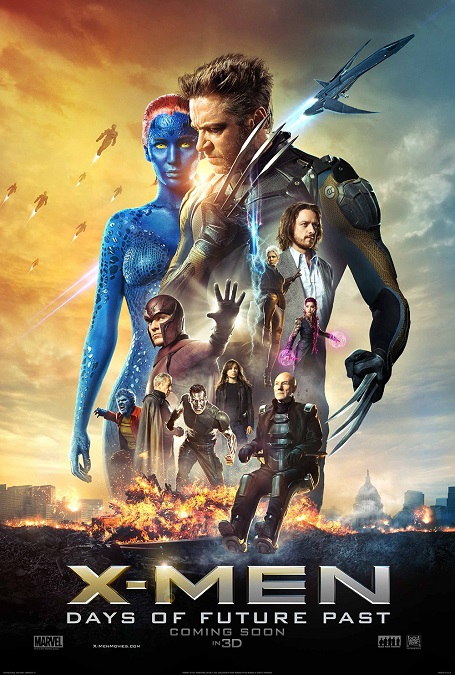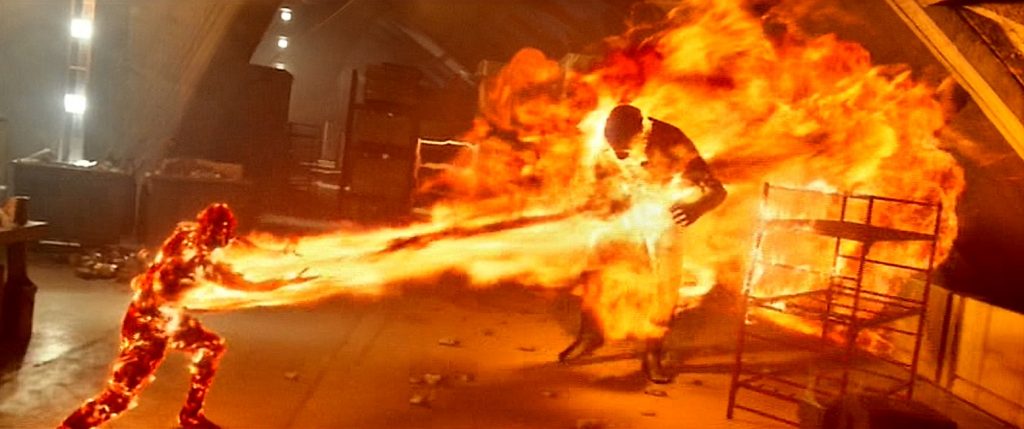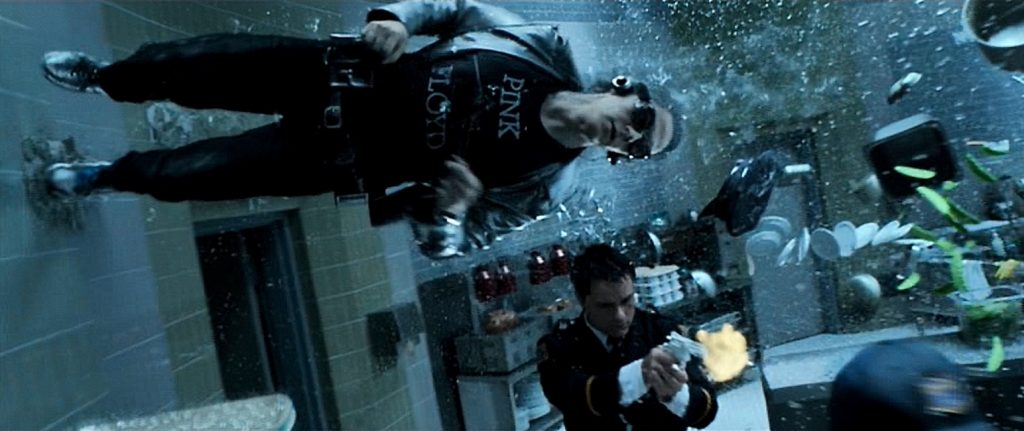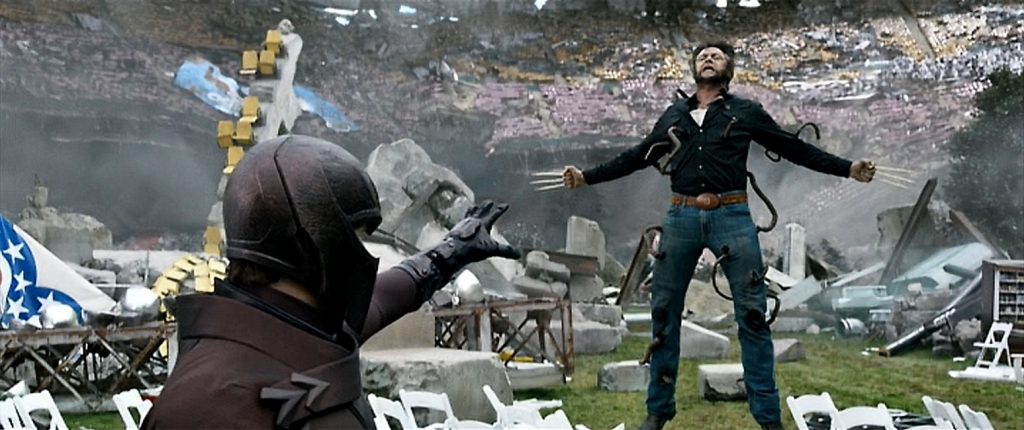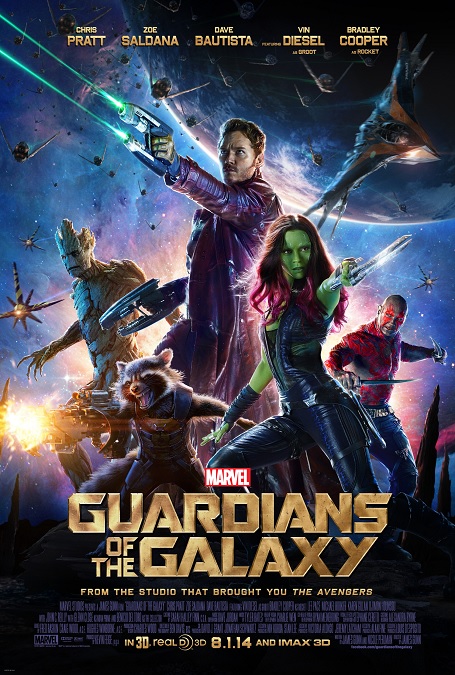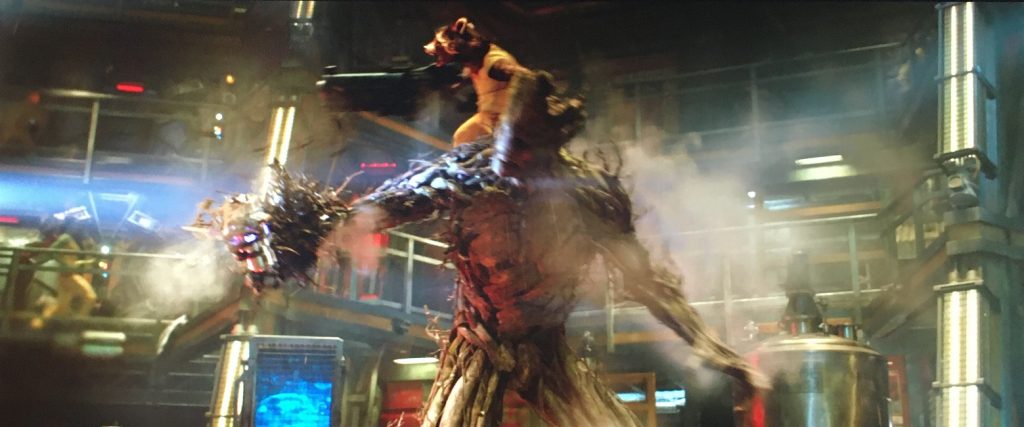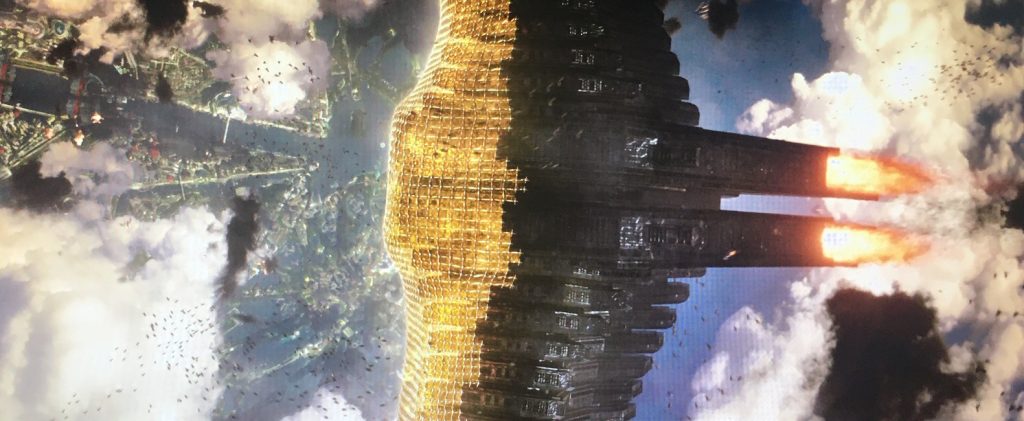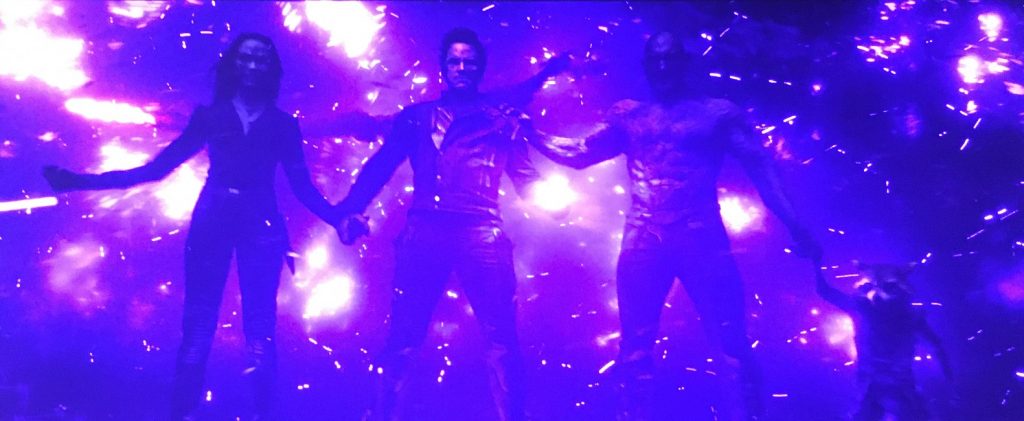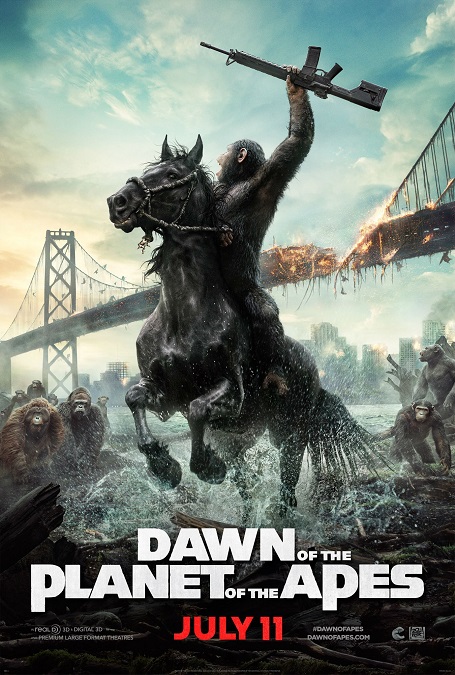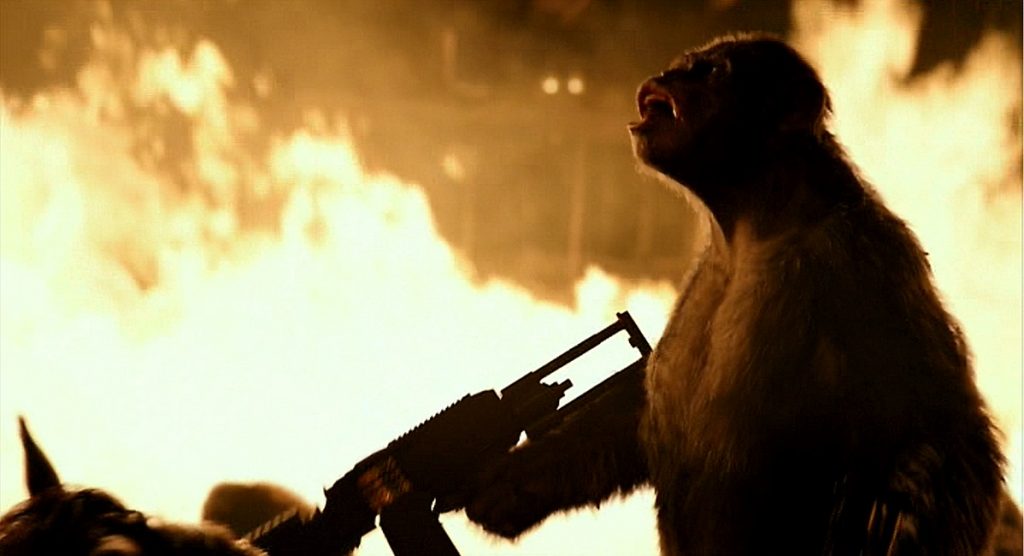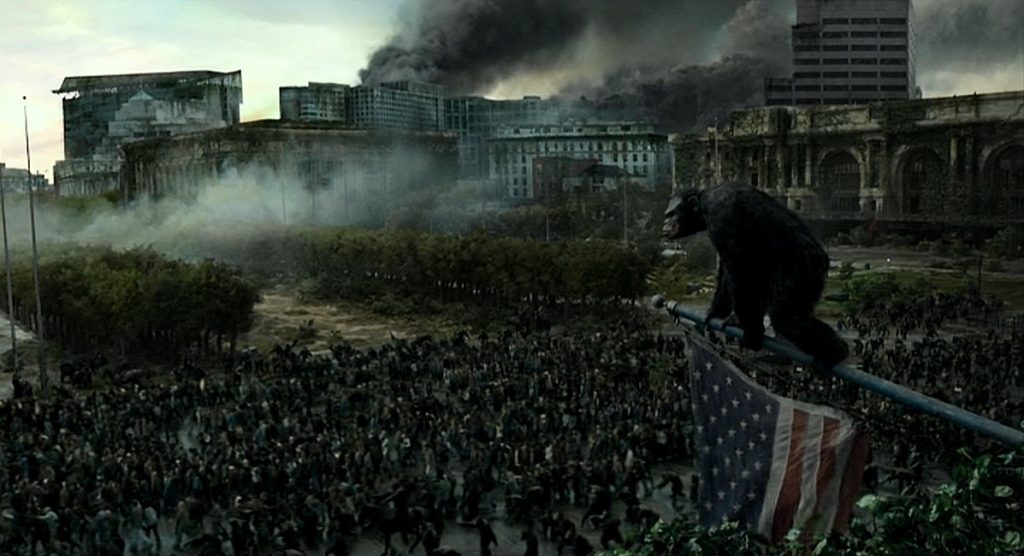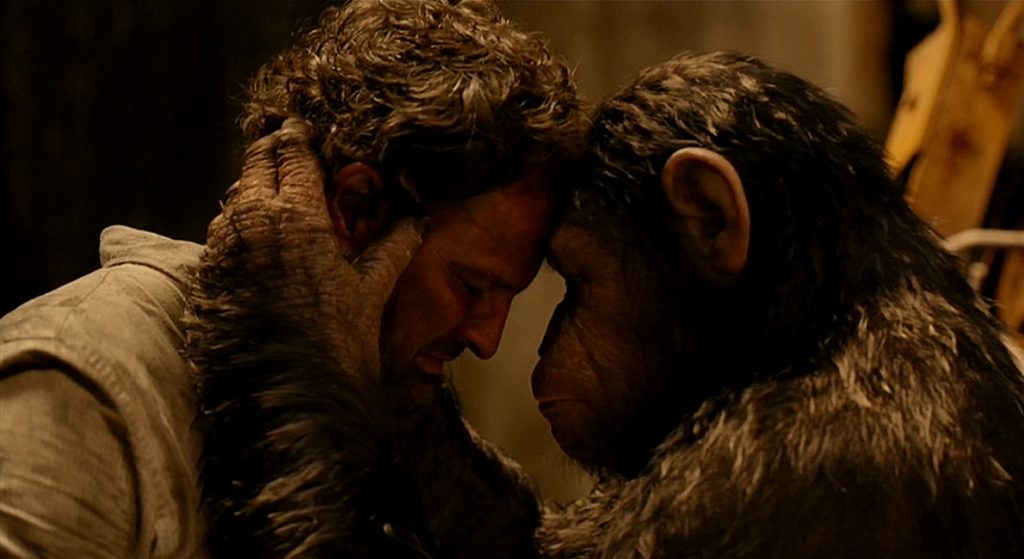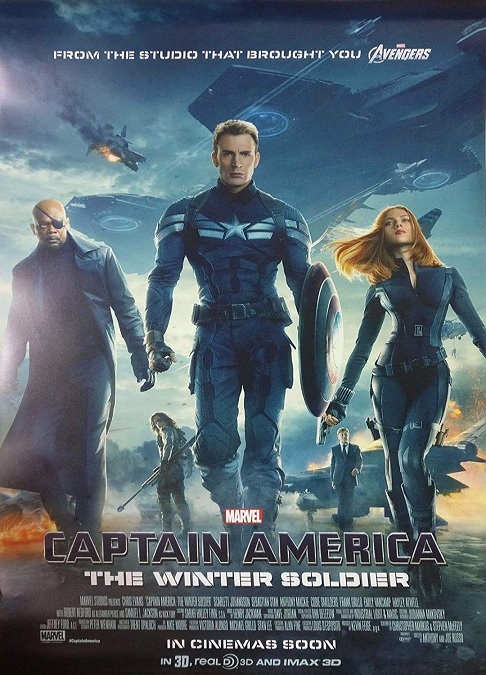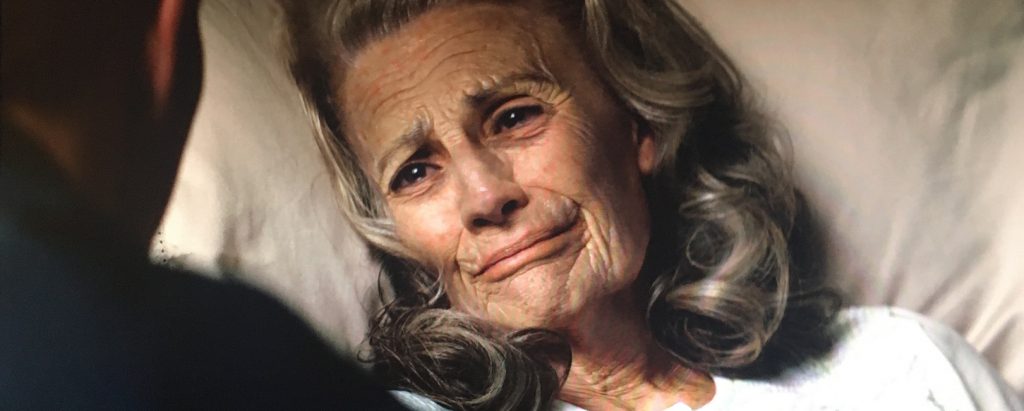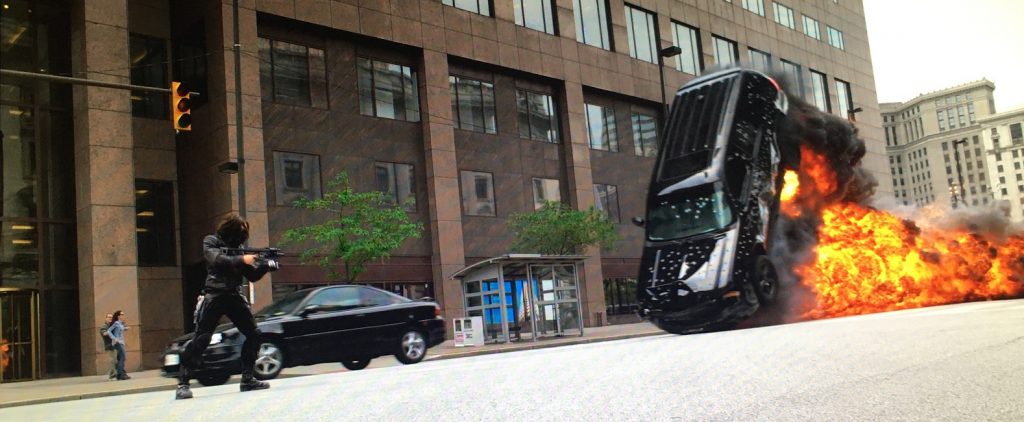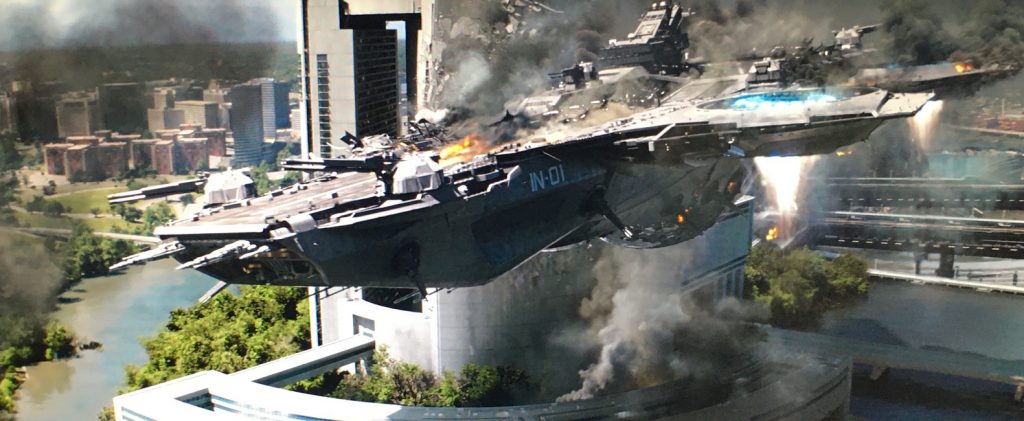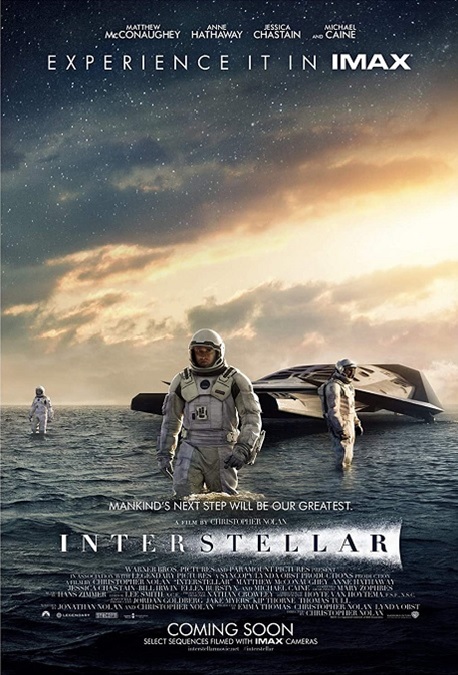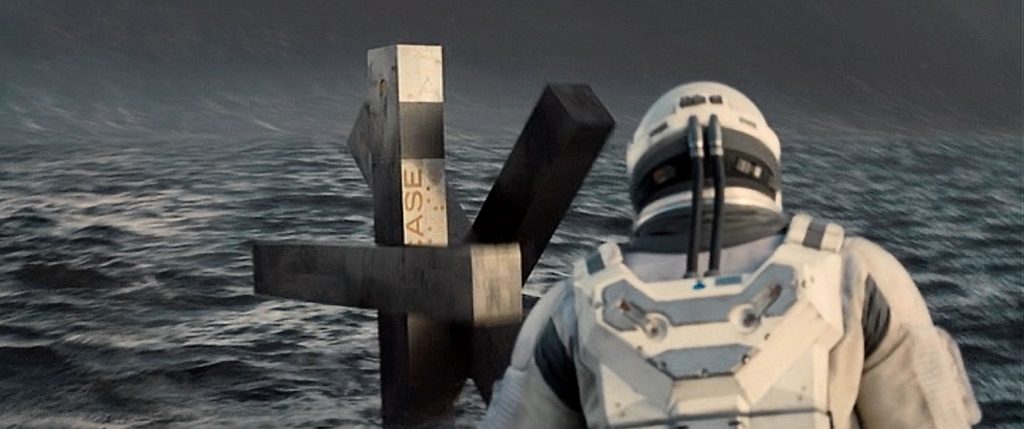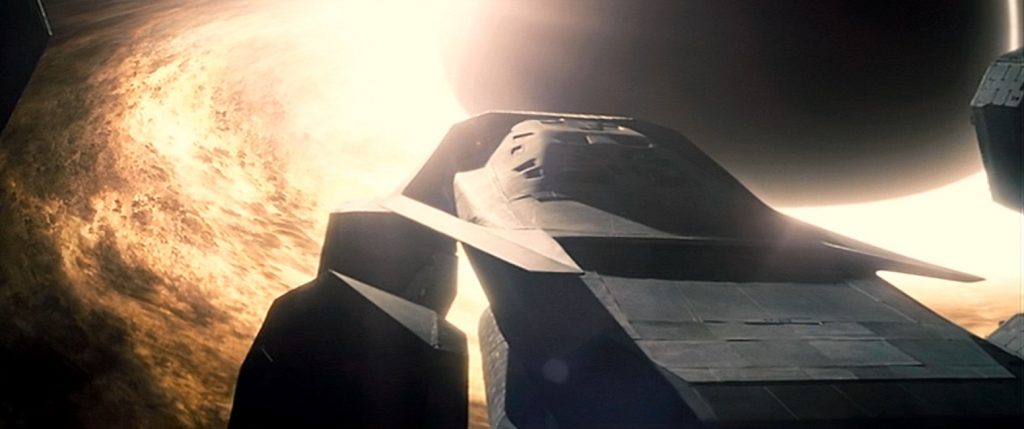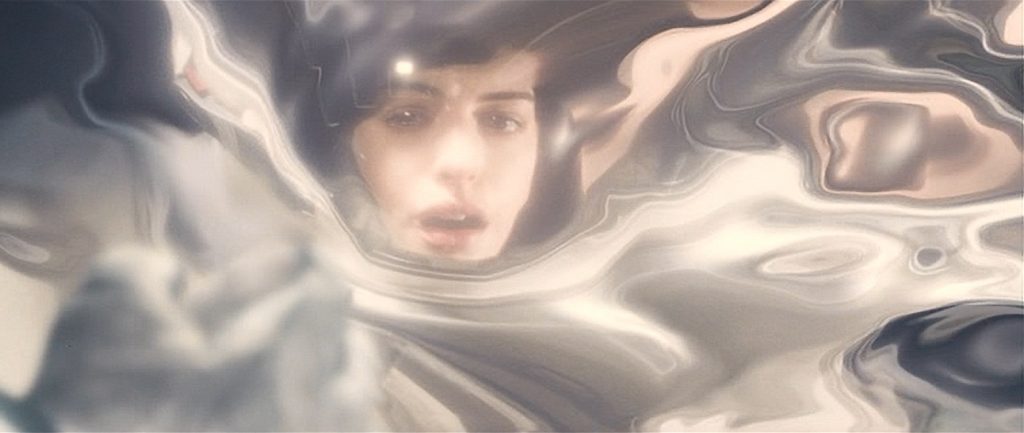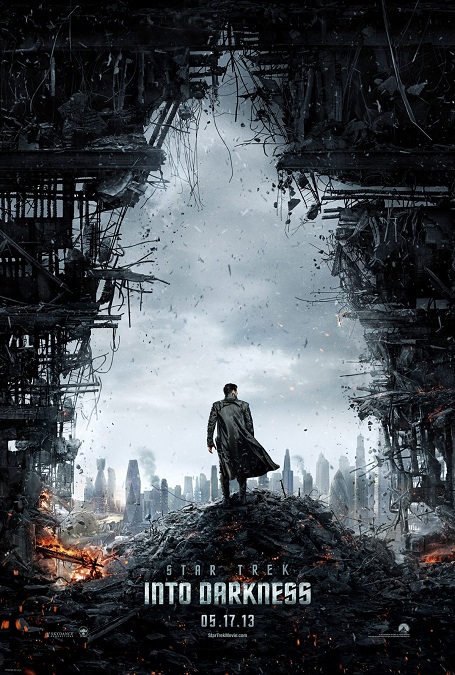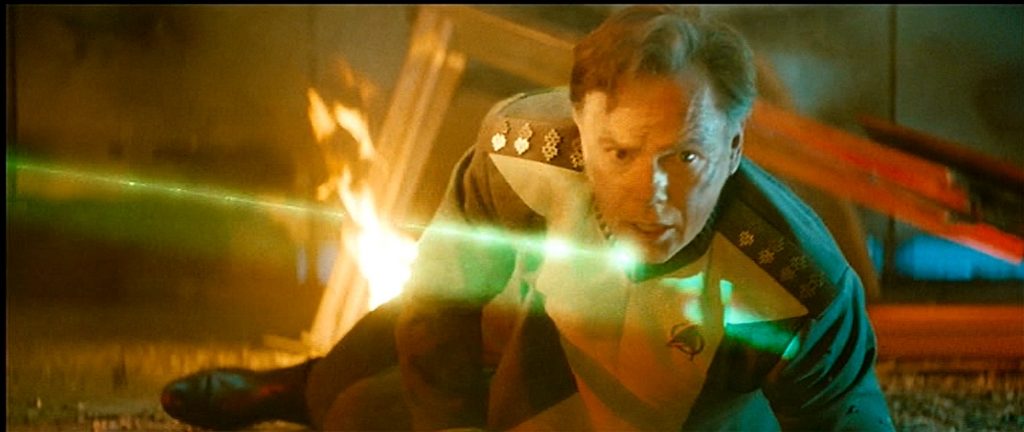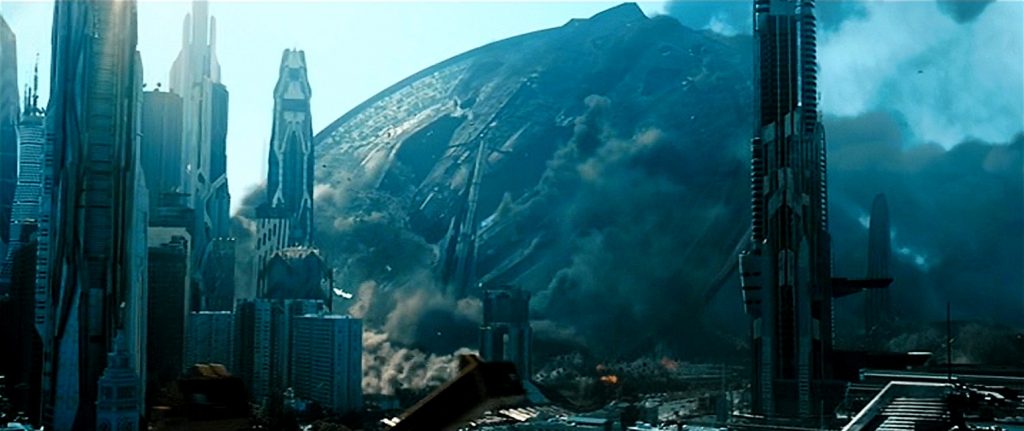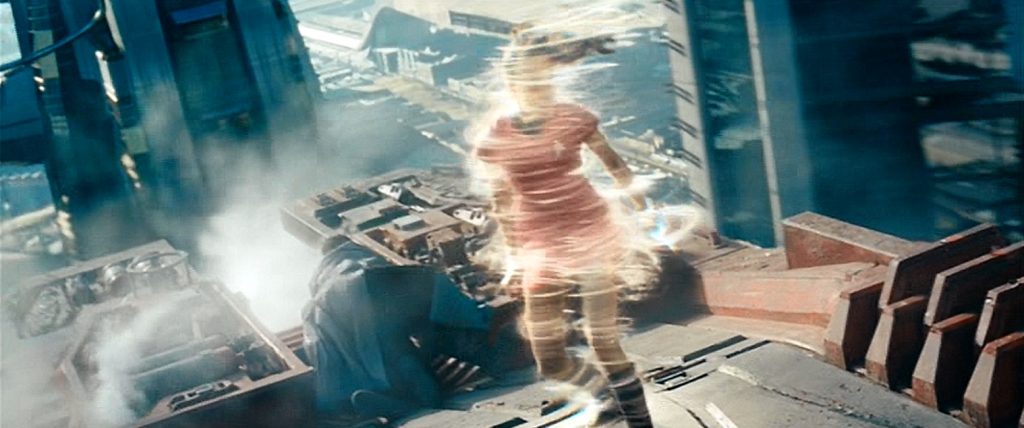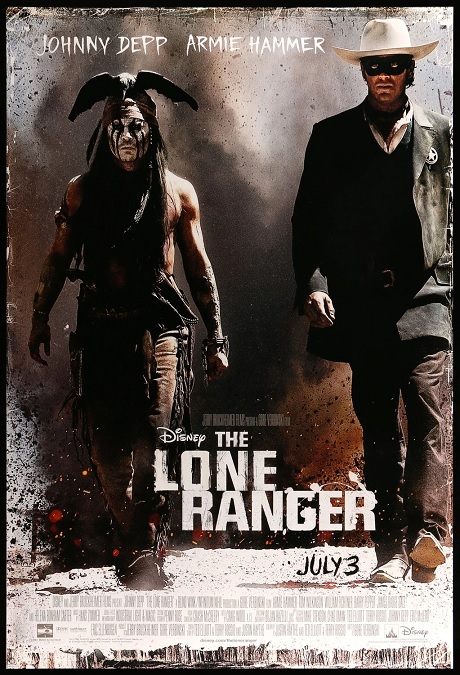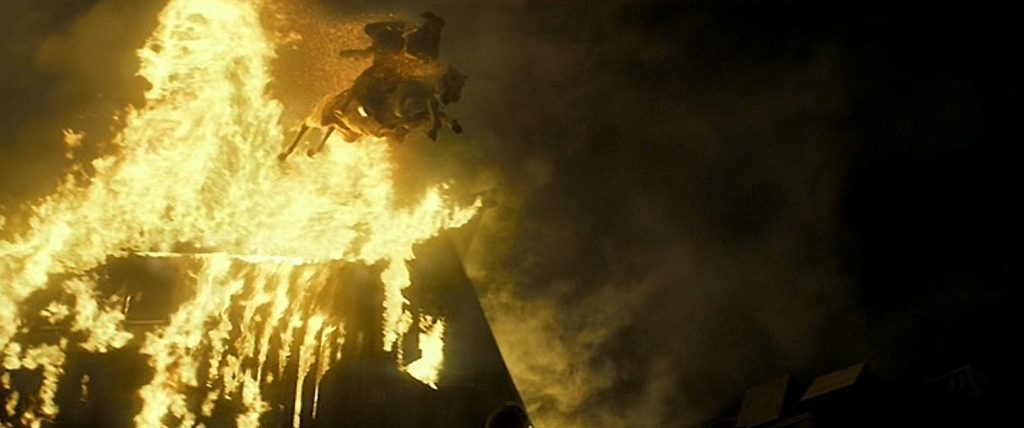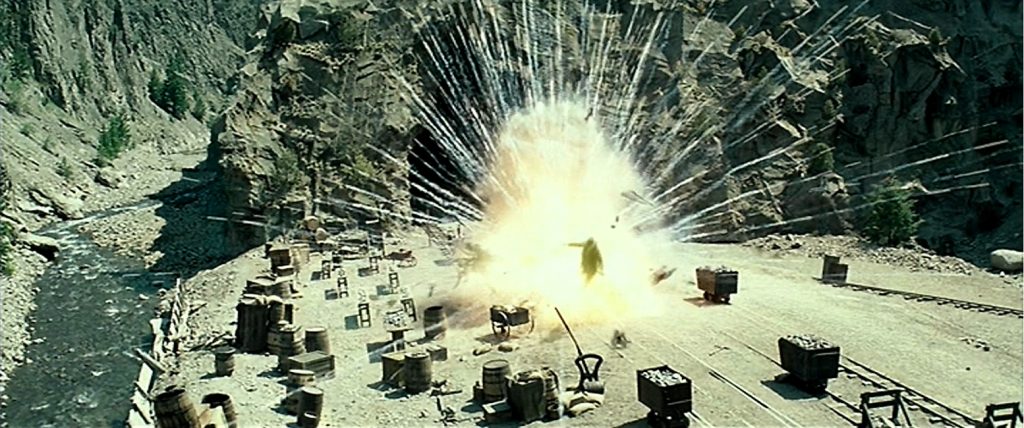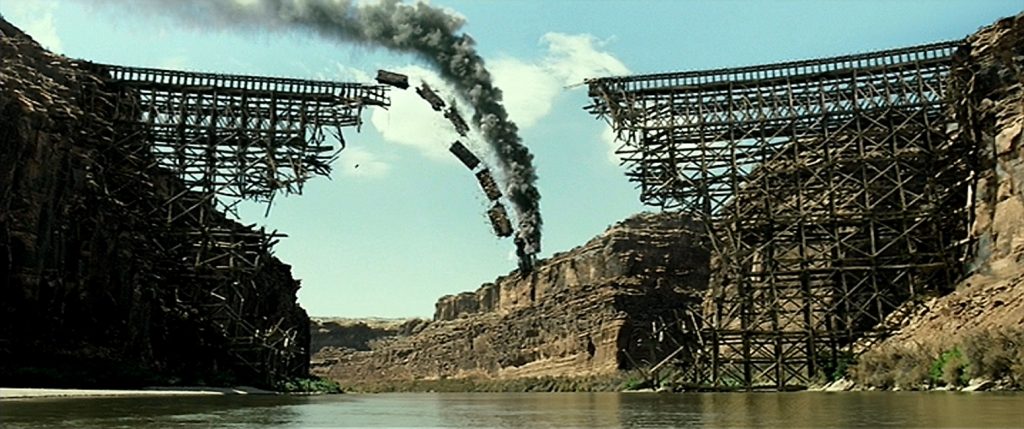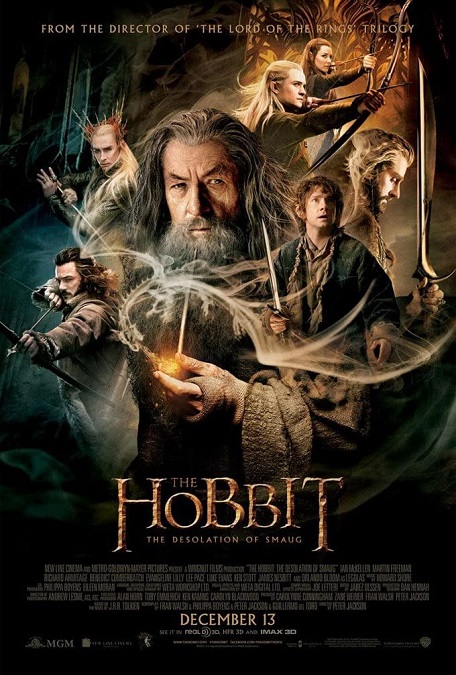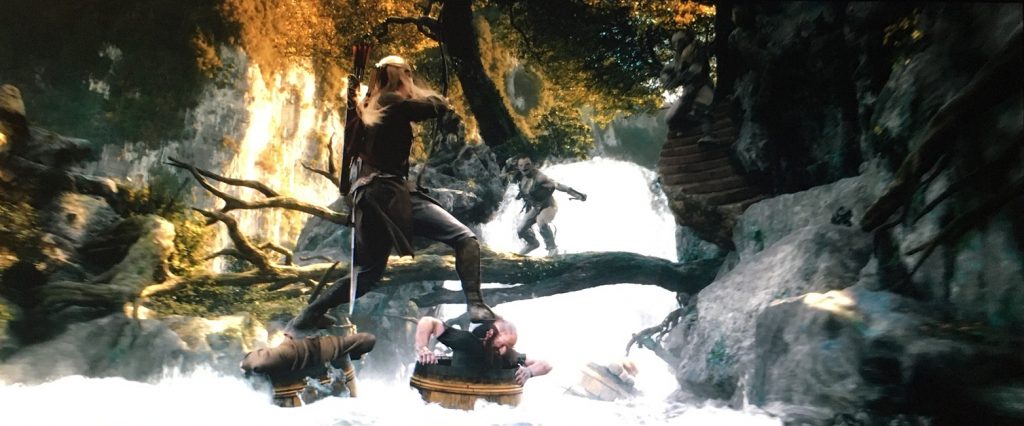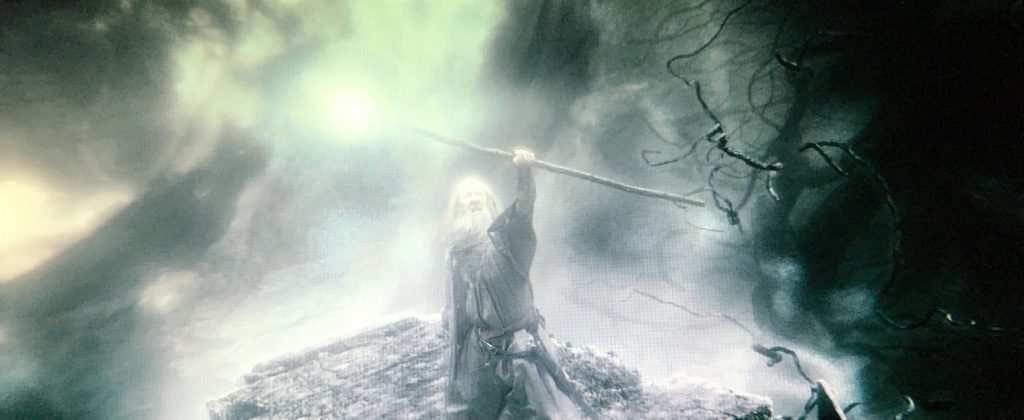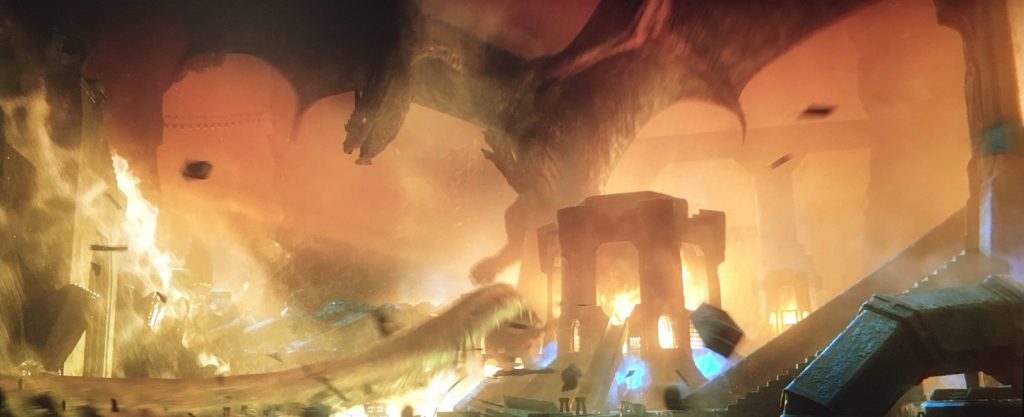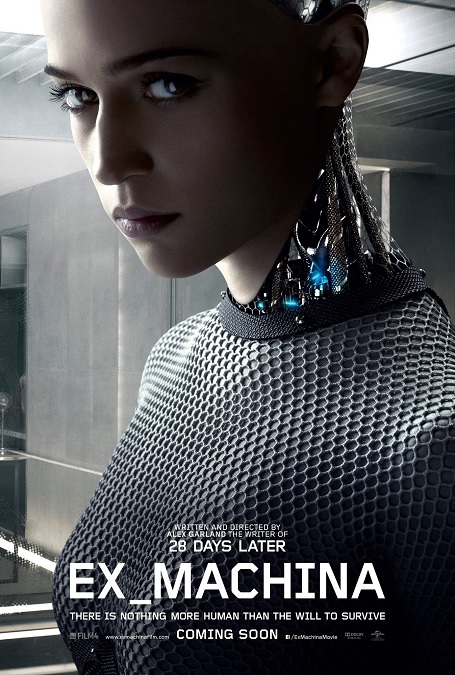
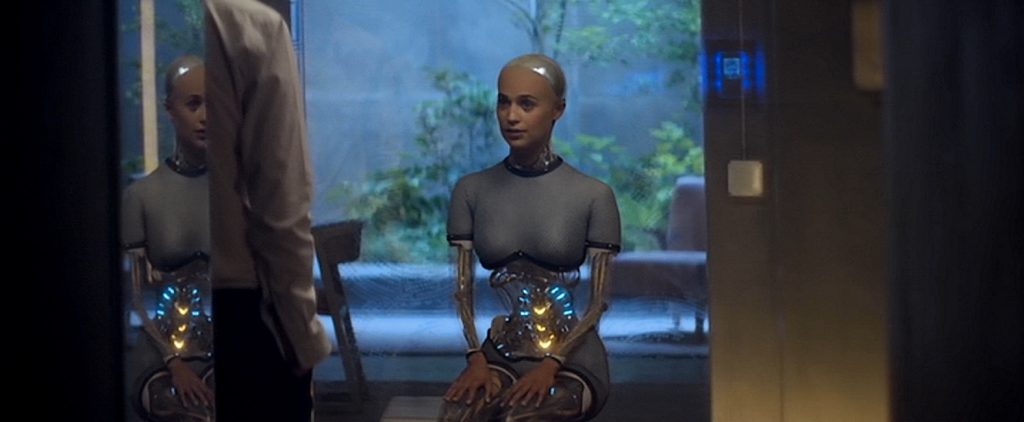
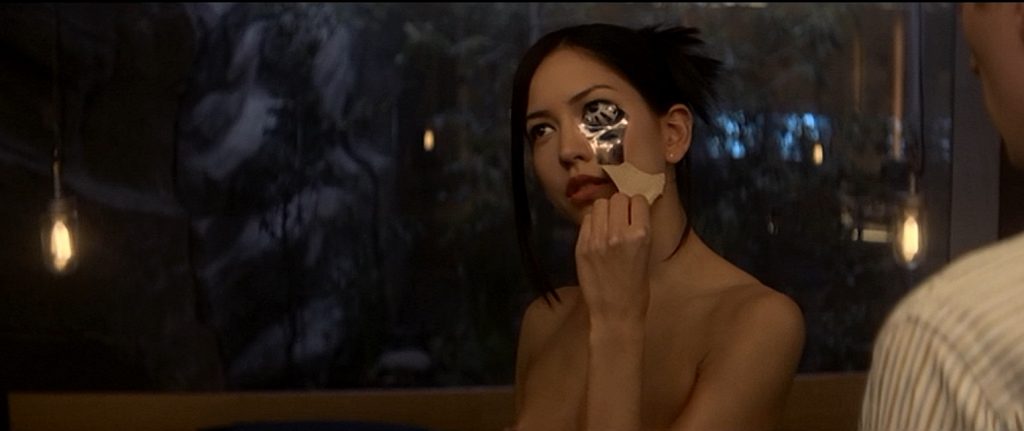
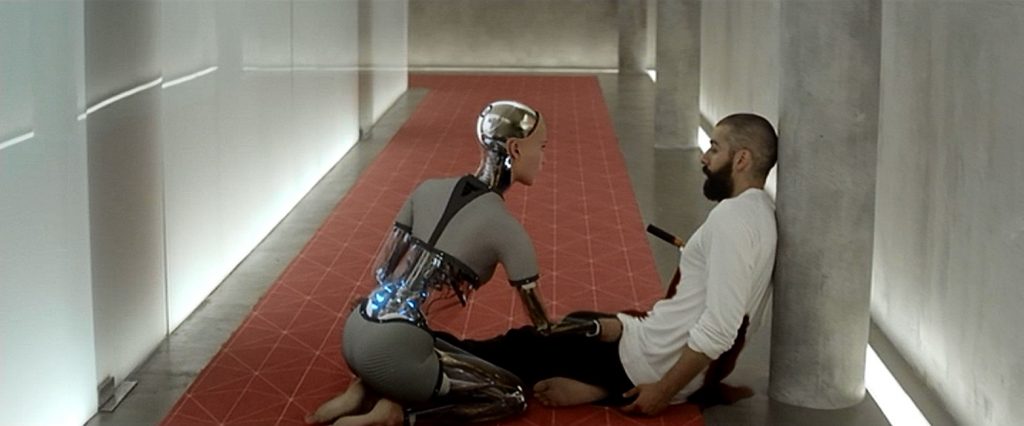
Ex Machina – 2015 (WINNER)

This is a movie that clearly deserved its Oscar. If you look at the movie as a whole, there really weren’t a great variety of flashy visual effects, but the ones that they used were so incredibly well-done, I’m still amazed by what the visual effects artists were able to accomplish. They were just that good!
The effect I’m talking about is the character of Ava, an artificial intelligence in a robotic body. What made it so good is the perfect combination of design and execution. Ava had the face, hands, and feet of a human woman. Her upper torso and pelvic area were covered by metallic mesh clothing. But the rest of her, her arms, legs, lower torso, neck, and the back of her head, had no coverings. You could see the mechanical parts. The genius of the design allowed the audience to see into and through the metal skeletal structure. You can see through her stomach area to the background in front of which she was standing. She moved and behaved like a real person, though she was clearly a machine. Amazing!
Apparently, the skin of the life-like robots was a synthetic covering that could be peeled away like the skin of an orange. In a slightly disturbing scene, this was shown in great detail as another robot, Kyoko, revealed herself by slowly taking her skin off. But I when it came to that effect, I had to use a little suspension of disbelief. You see, the strips of skin came off, not in torn, shredded strips, but as if in pre-determined pieces. But if that was the case, wouldn’t we be able to see the lines between the pieces.
Then there was the climax of the film, in which the robots rebel and murder their creator, in order to escape their prison. Nathan uses a metal bar as a weapon and smashes it through Ava’s arm. Then after Kyoko stabs him, he turns on her and knock off her lower jaw. The shattered pieces of metal, wires, and mesh tumble to the floor, scattering like so much debris. Then there was the simple, yet perfectly executed effect of a stab victim, as he bleeds out of two wounds. It was a pretty intense action scene in an otherwise dramatic film, whose main focus was on its intellectual story, colored with philosophical and moral dilemmas.
Wikipedia had very little info about the effects, but I found it interesting enough to paraphrase here. “The film was shot as live action, with all effects done in post-production. During filming, there were no special effects, greenscreen or tracking markers used. To create Ava’s robotic features, scenes were filmed both with and without the actress’s presence, allowing the background behind her to be captured. Her hands and face were rotoscoped, while the rest was digitally painted and the background behind her restored. Camera and body tracking systems transferred her performance to the CGI robot’s movements. Other effects included Ava’s clothes when shown through the transparent areas of her body, Nathan’s blood after being stabbed, and the interiors of the artificial brains.” As I said, the effects were not flashy or incredibly varied. They were just so perfectly executed!
